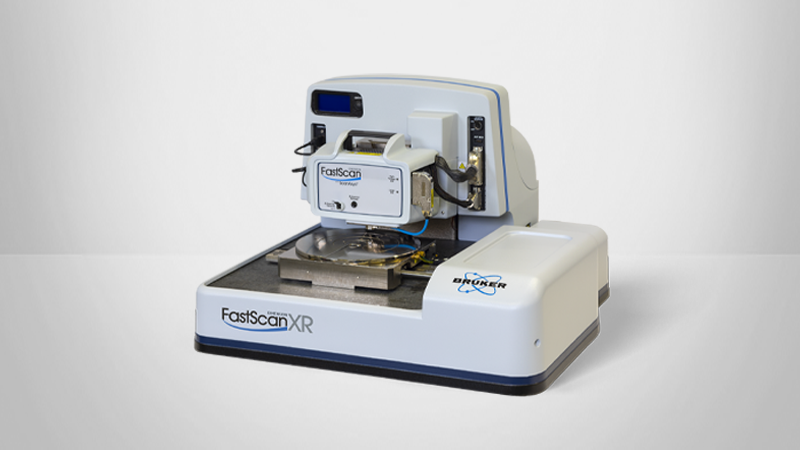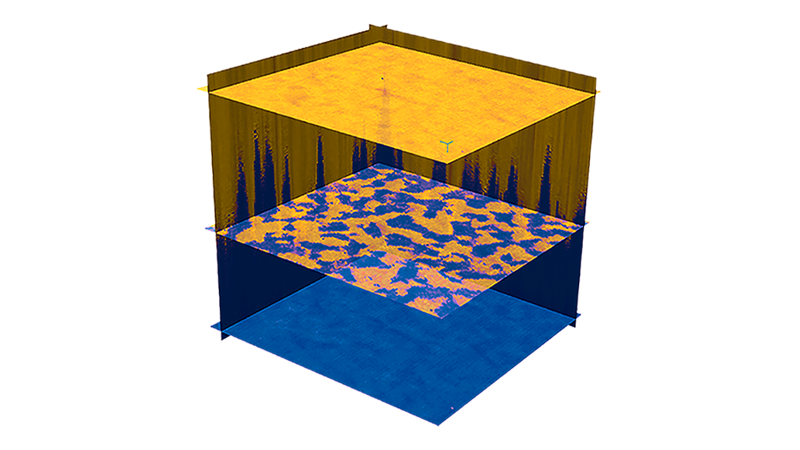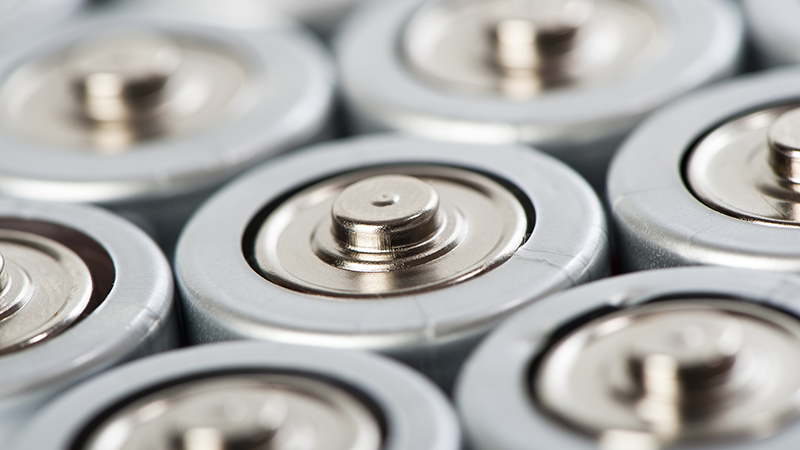Languages
Correlating Li-Ion Cathode Conductivity with Battery Performance
A case study on the influence of nanoscale mechanical and electrical properties on battery capacity and failure
Electrical data-cube (DCUBE) modes combine imaging, nanomechanics, and full electrical spectroscopy at every pixel, producing a highly reproducible, integrated 3D data set. This big-data approach delivers higher dimensional data that can be sliced along any axis or plane.
This application brief describes the use of DCUBE-TUNA mode on a battery cathode consisting of Li metal oxide, polymer binder, and conductive carbon nanoparticles. We present and analyze sample data extracted from the resultant DCUBE-TUNA data set, including 15×15 μm topography, modulus, and conductivity images.
Readers can expect to understand the advantages of using DCUBE-TUNA to:
- Dissect spatial component distribution;
- Differentiate regions of high conductivity where carbon black particles are embedded in binder material;
- Identify the presence of "dead" metal oxide grains; and
- Investigate the influence of nanoscale mechanical and electrical properties on capacity and failure.


